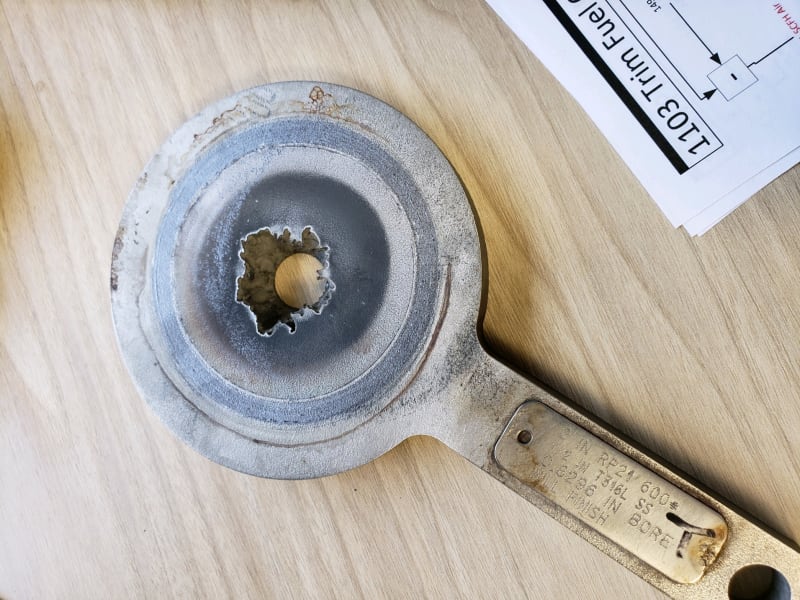Hi
I need your help to identify the Couse of failure
seal is a single seal with seal face combination of carbon and silicon carbide with API plan 31.
operating condition
application : Hight pressure water ( particles presence)
temperature : Max 45 C
pressure 40 Bar
from the inspection there are deep groove in the seal faces that mean particles are not separated
question, do you have an idea what would be the Couse of failure??
I need your help to identify the Couse of failure
seal is a single seal with seal face combination of carbon and silicon carbide with API plan 31.
operating condition
application : Hight pressure water ( particles presence)
temperature : Max 45 C
pressure 40 Bar
from the inspection there are deep groove in the seal faces that mean particles are not separated
question, do you have an idea what would be the Couse of failure??

